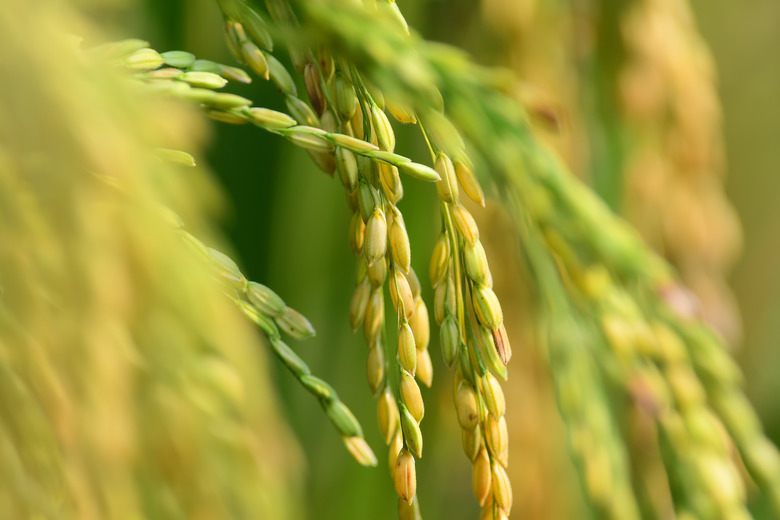Golden Rice: Lifesaving Crop Or Billion Dollar Failure?
A golden crop designed to save lives and prevent blindness has been in the works for two decades.
Its supporters say that overregulation of the genetically modified superfood is the reason that it's still sitting in labs as opposed to being grown for the malnourished people it could help – some have even suggested that delaying its distribution is a crime against humanity that should be tried at the Hague. But its detractors have concerns including its viability as a superfood, its actual nutritional value and whether or not we can trust GMOs in the long term.
So who's right? The answer is complicated. So let's start at the beginning.
The Dawn of Golden Rice
The Dawn of Golden Rice
Golden rice is a type of rice created by two professors named Ingo Potrykus and Peter Beyer back in the 1990s. The crop was a response to malnutrition, particularly a Vitamin A deficiency found especially in children. Kids in the Western part of the world don't typically suffer from such a deficiency, as they often get enough of the key nutrient from milk, fortified foods or supplemental vitamins. But in places including the Philippines, Bangladesh, India and China, where meals sometimes consist of just a bowl or two of white rice a day, experts estimate that the lack of Vitamin A kills about 1 million people per year, causes another 500,000 to go blind and puts kids and pregnant woman at risk of other health issues like a reduced immune system response.
Organizations including the World Health Organization and UNICEF have worked to get people in affected areas supplements like Vitamin A pills, or helped them cultivate gardens where they can grow healthy food naturally fortified with Vitamin A.
But Professors Potrykus and Beyer had another solution – golden rice. In a lab, they grew a strain of rice fortified with Vitamin A, turned golden by the beta carotene in the kernels. The scientists triumphantly told the world about their product in places like the cover of TIME Magazine, and waited for their crop to receive approval.
They’re Still Waiting
They're Still Waiting
What's the literal decadeslong holdup, you might be wondering? Well, what isn't. One of the biggest issues is that it was genetically modified, and thus has to undergo the lengthy – and, some argue, way too lengthy and regulated – process of getting approval.
Plus, it had a lot of detractors. Greenpeace was one, saying that other viable options to treat Vitamin A deficiency that would be less expensive and, well, less GMO-y. Others wondered whether beta carotene worked the way it's supposed to in people who were malnourished, or if people would readily adopt a new crop that looked different and came from foreign scientists.
The FDA was another place that questioned the need for golden rice. After a study, it concluded that while golden rice was safe for consumption, it didn't provide enough extra nutritional value to justify its existence, especially given that storing the rice caused Vitamin A levels to diminish in the rice.
The story of golden rice doesn't have a happy ending: It's not currently saving millions of lives, or preventing blindness. But it has sparked tons of questions about the nature of genetically modified crops and their role in alleviating hunger and malnutrition – perhaps questions that will make it easier for a biofortified food to work its magic in the future.
Cite This Article
MLA
Dragani, Rachelle. "Golden Rice: Lifesaving Crop Or Billion Dollar Failure?" sciencing.com, https://www.sciencing.com/golden-rice-gmo-13722696/. 1 November 2019.
APA
Dragani, Rachelle. (2019, November 1). Golden Rice: Lifesaving Crop Or Billion Dollar Failure?. sciencing.com. Retrieved from https://www.sciencing.com/golden-rice-gmo-13722696/
Chicago
Dragani, Rachelle. Golden Rice: Lifesaving Crop Or Billion Dollar Failure? last modified March 24, 2022. https://www.sciencing.com/golden-rice-gmo-13722696/
